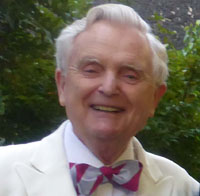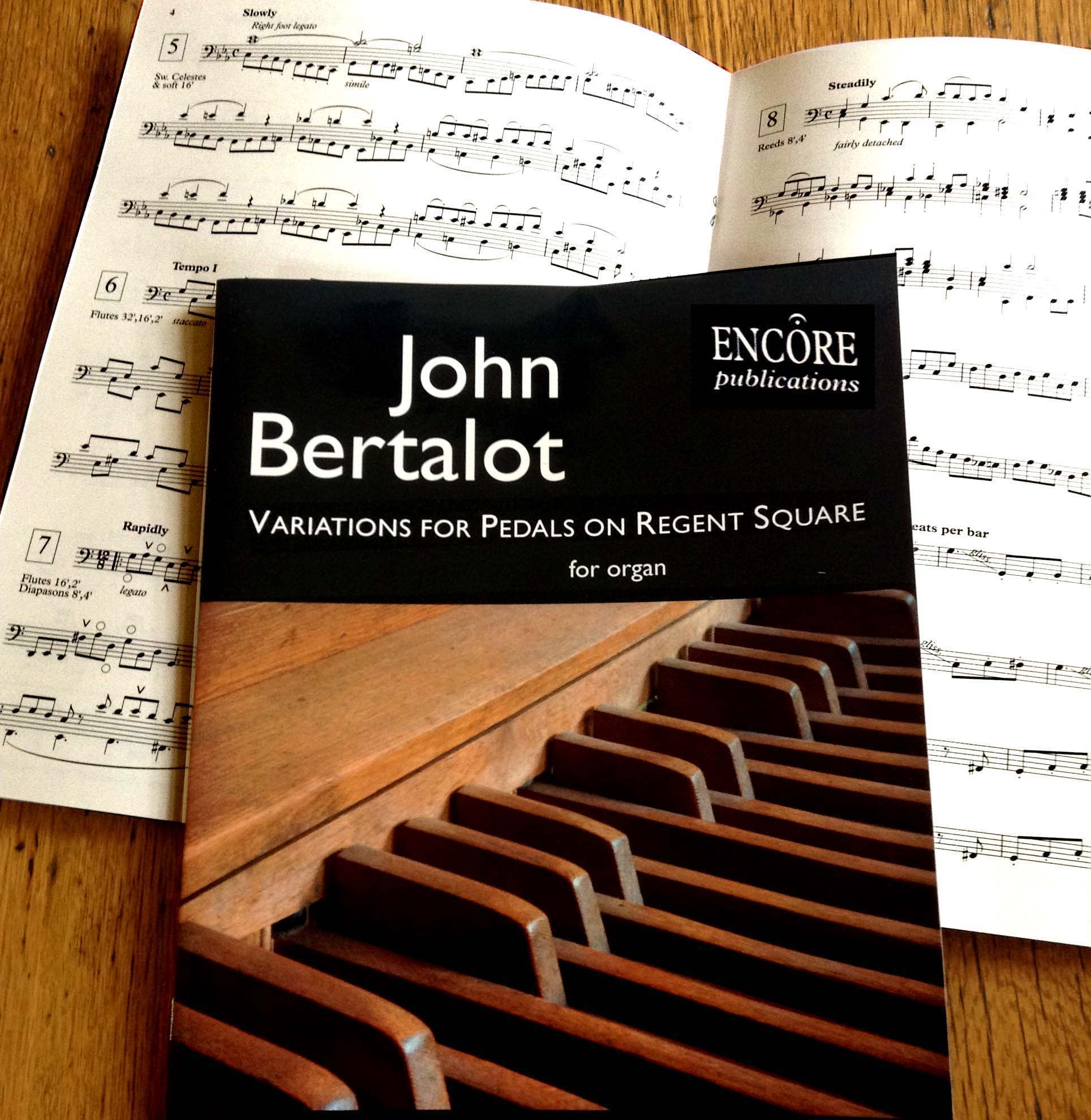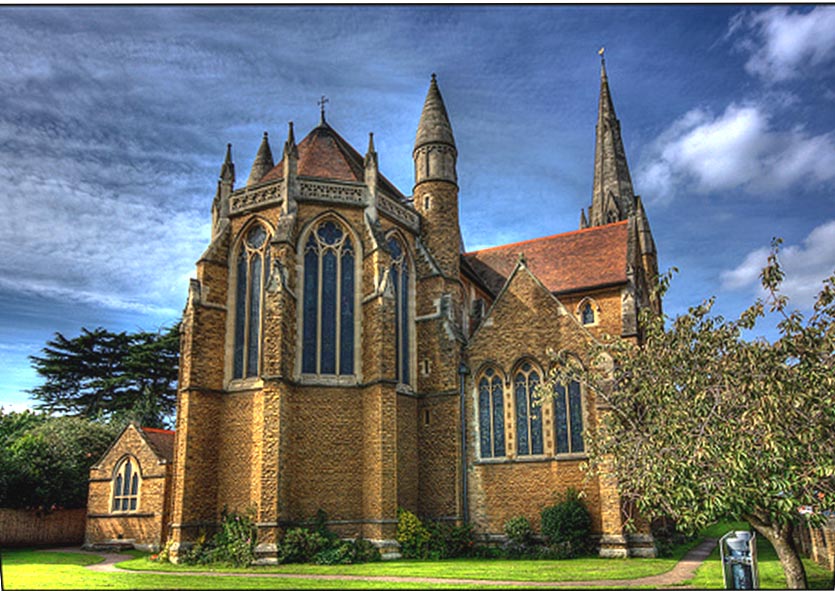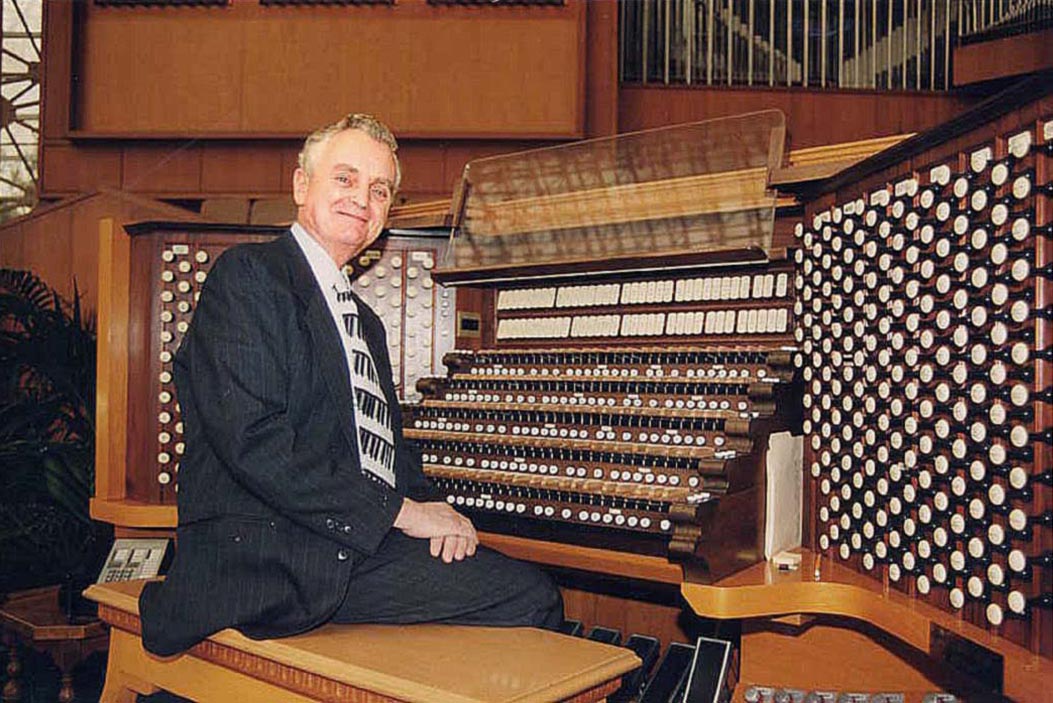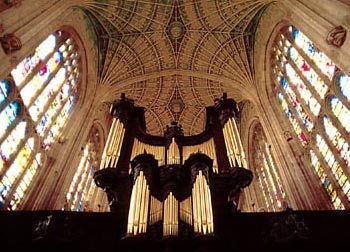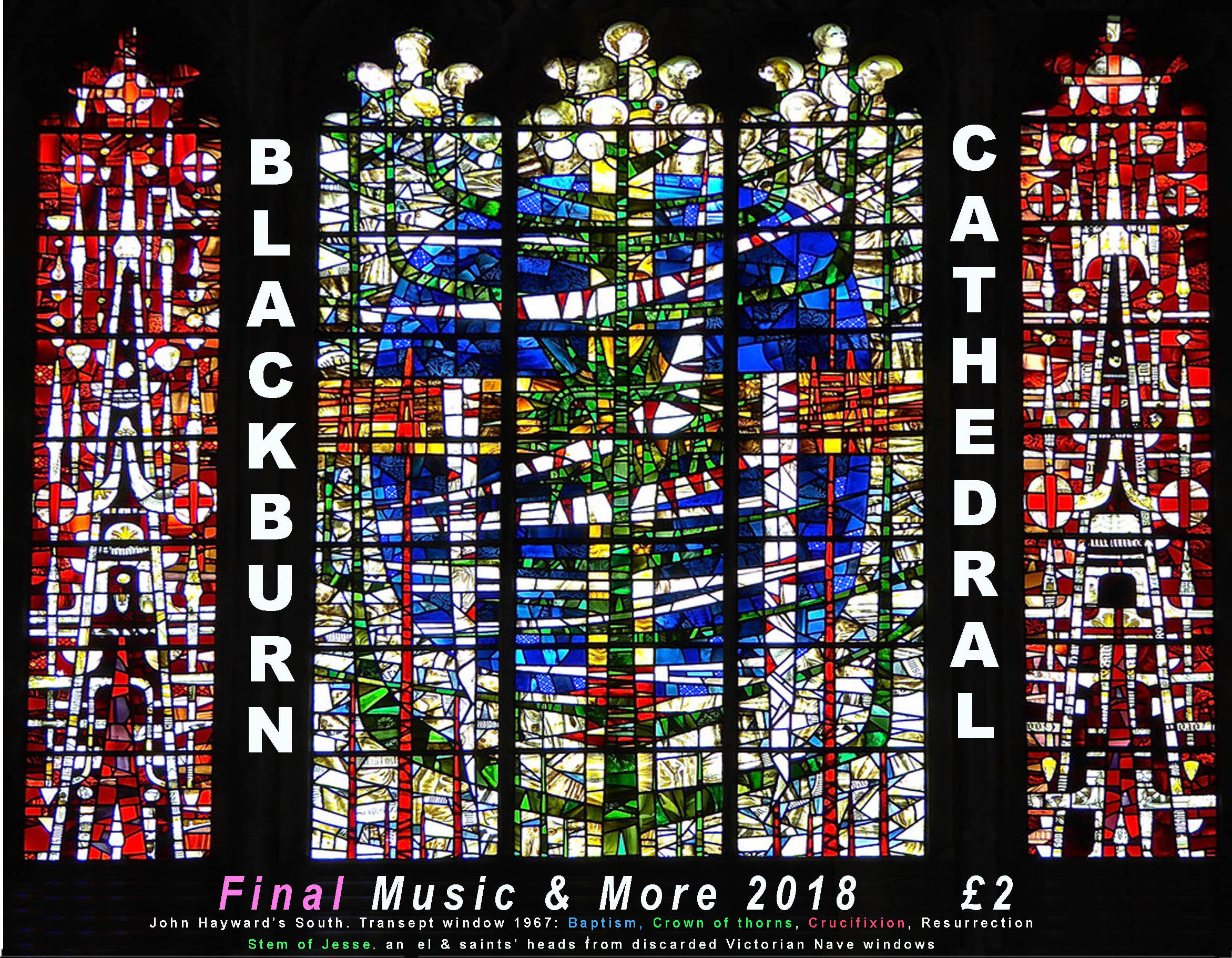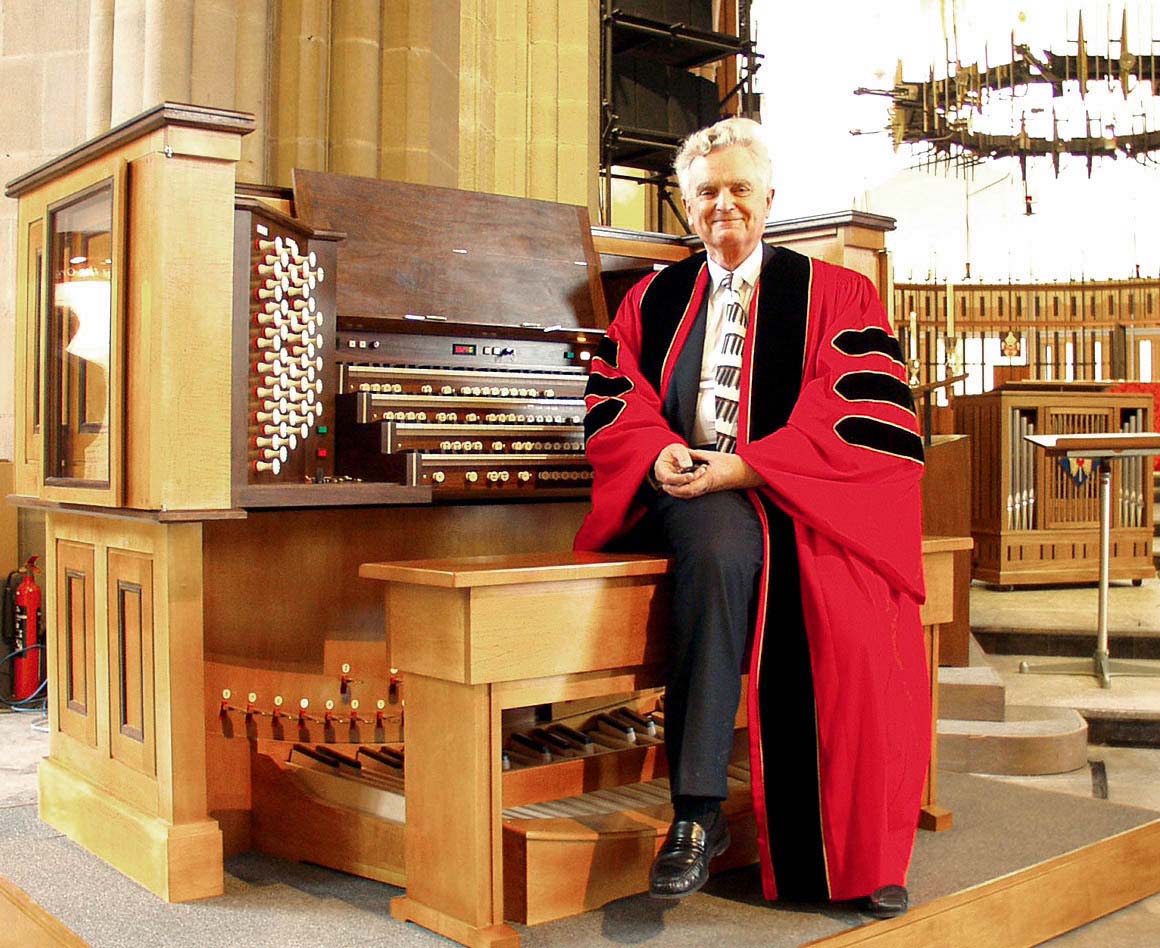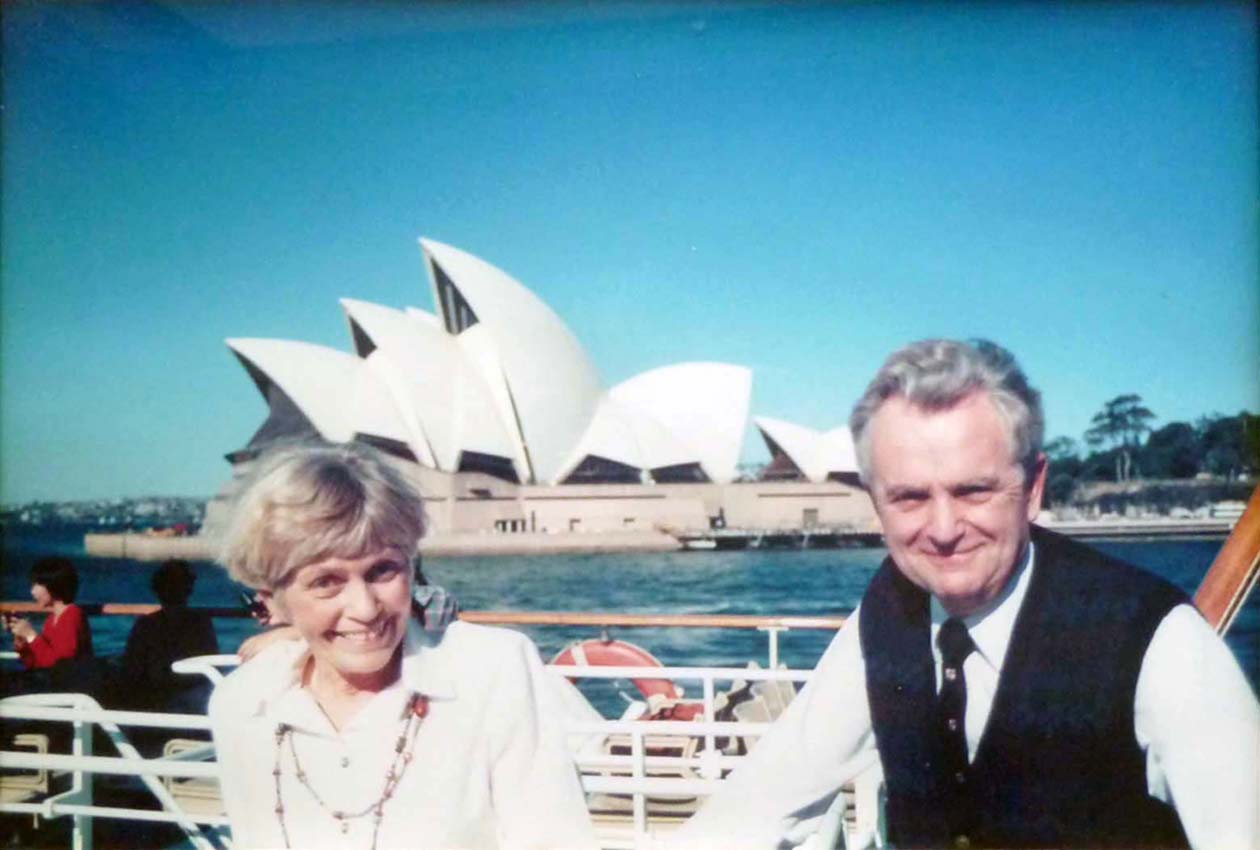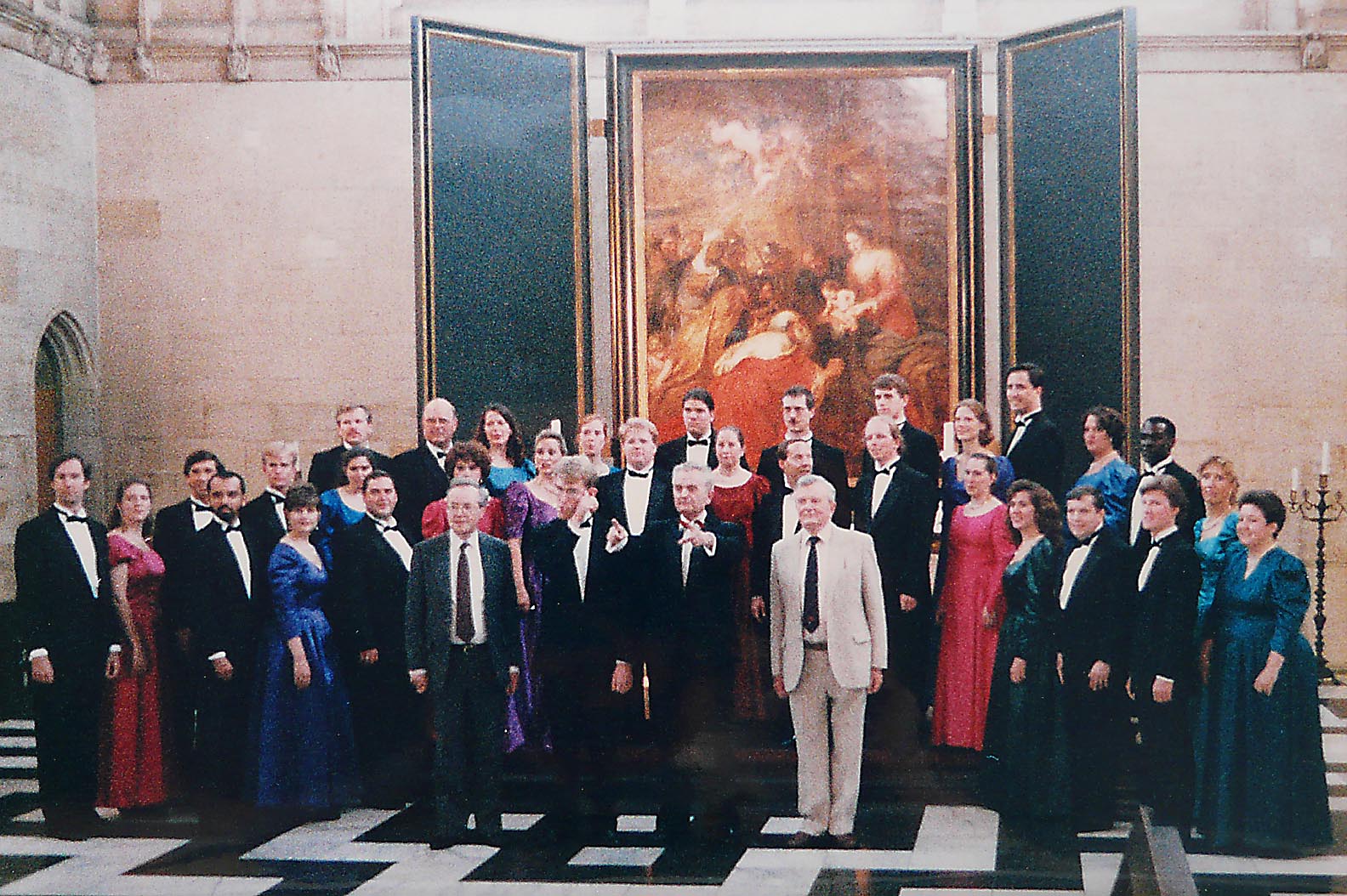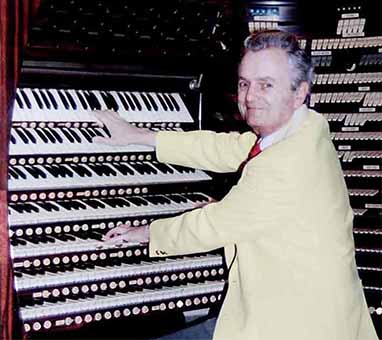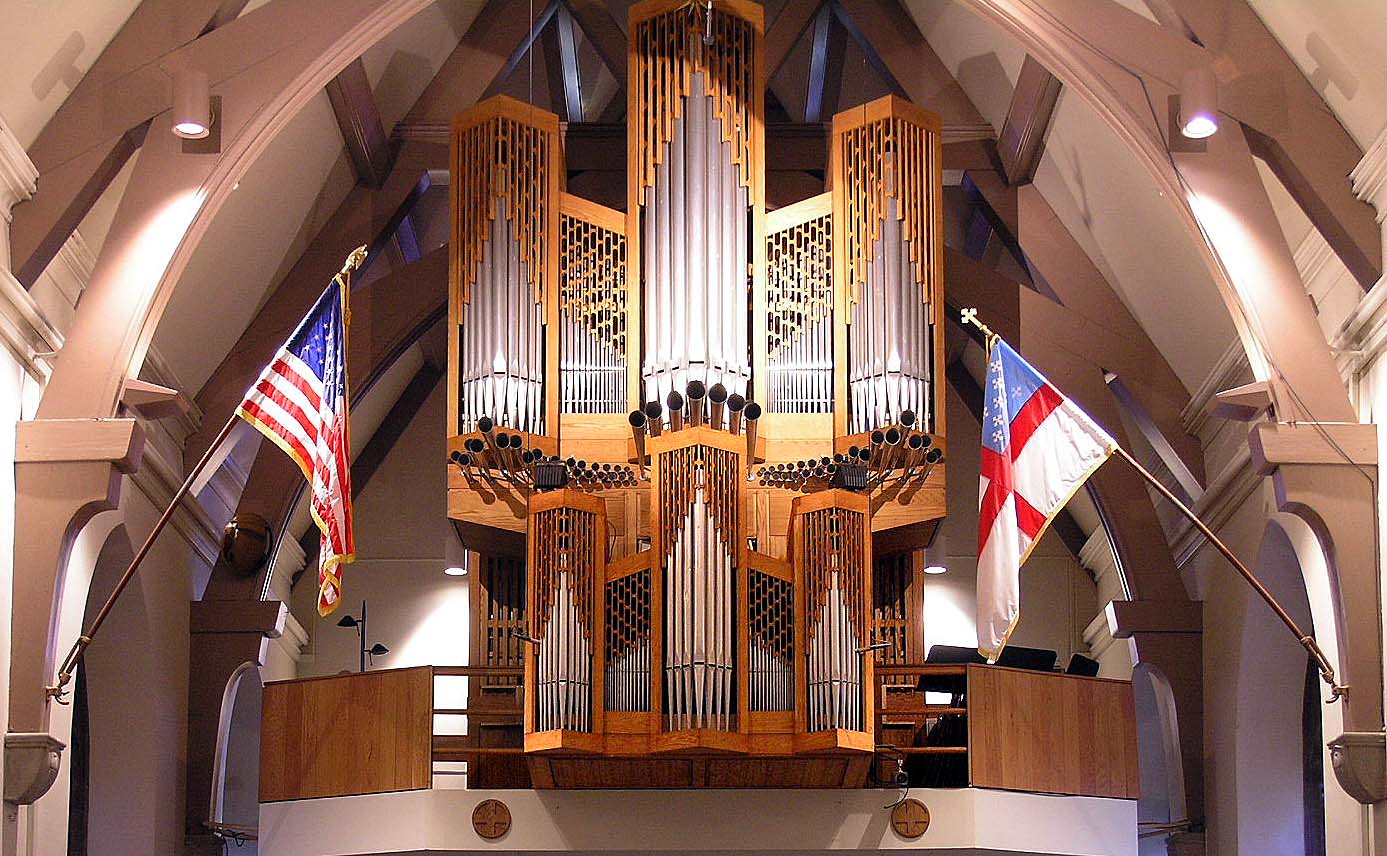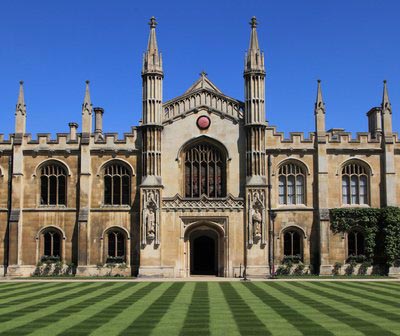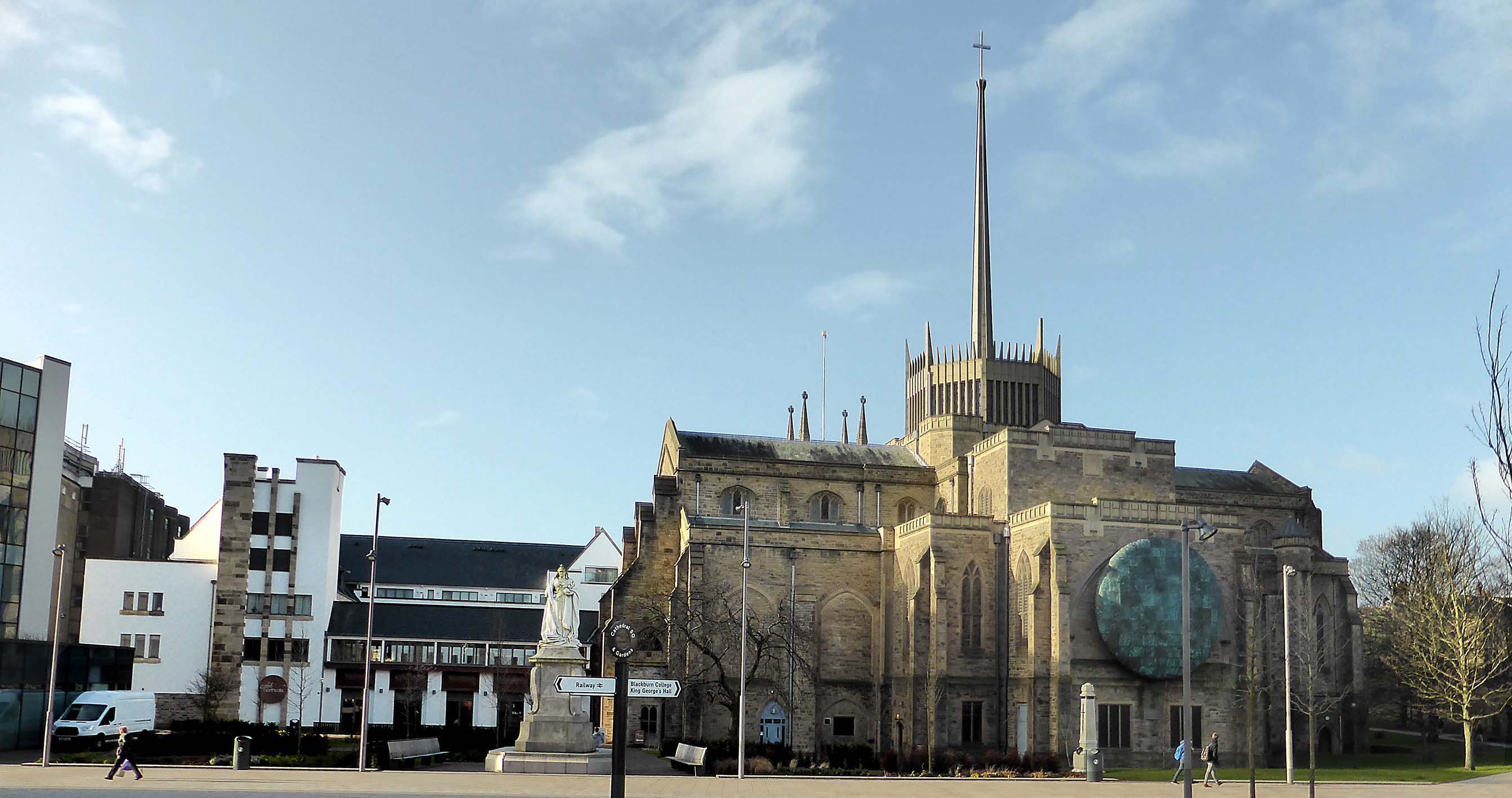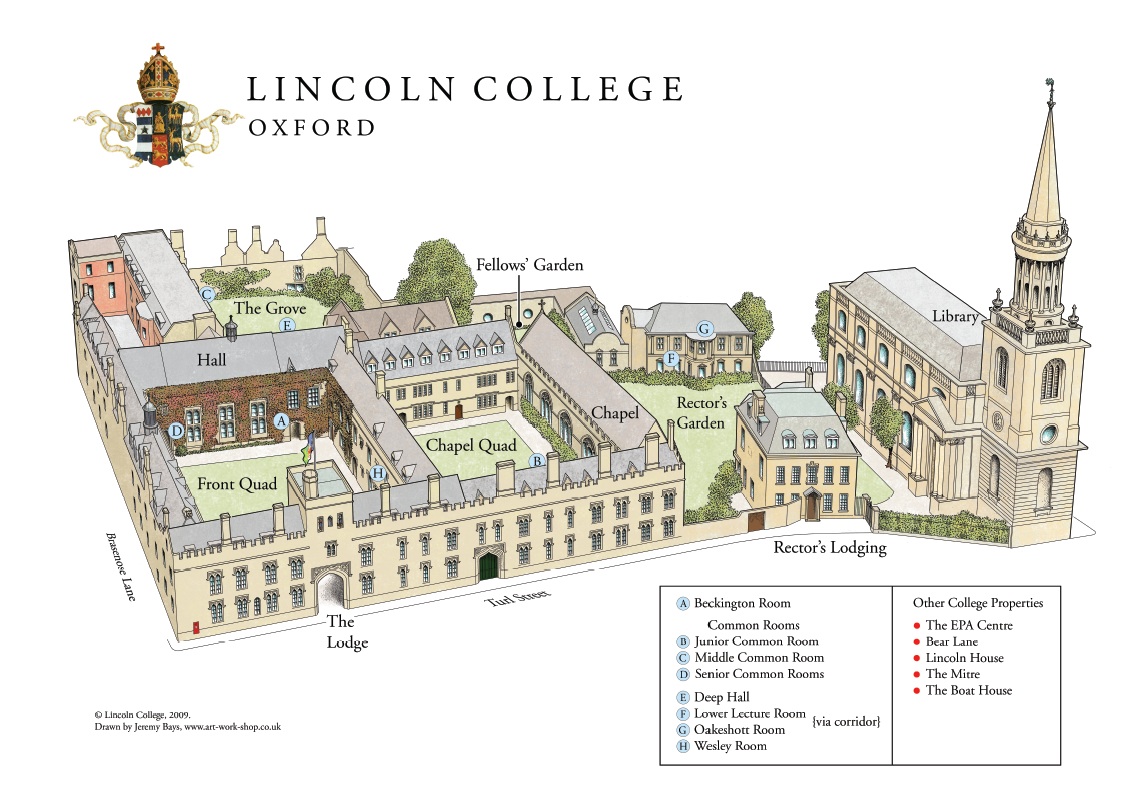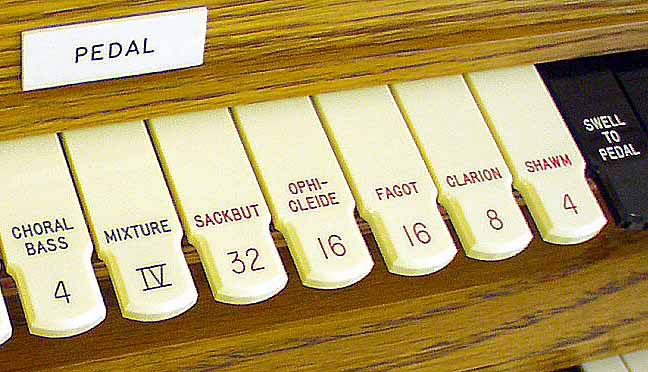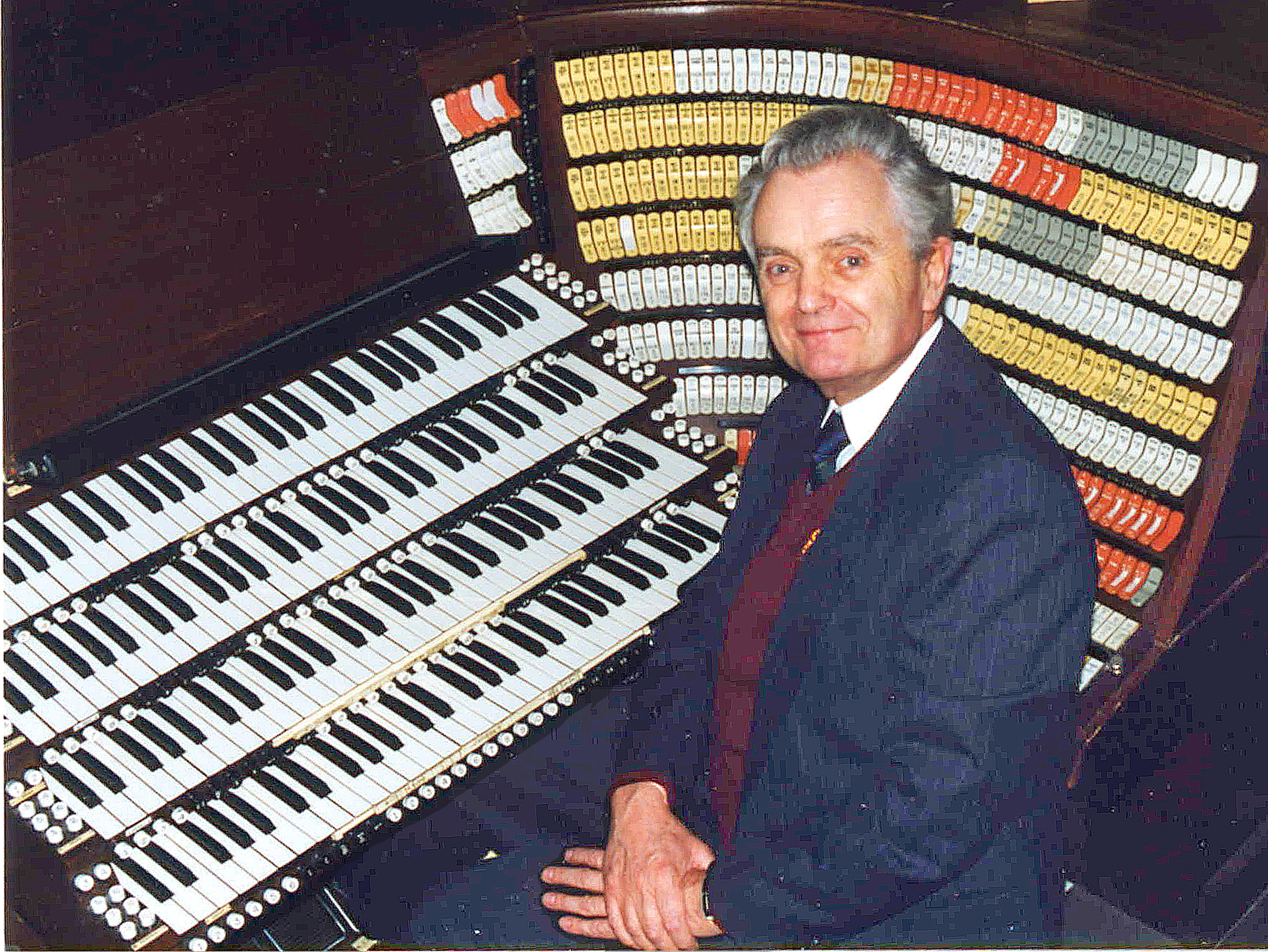WAS BACH A MATH3MAT1C1AN?
© by John Bertalot from lectures he gave in
King’s College, Cambridge, August 1986
Southwell Minster, July 2000
The Hereford Three Choirs’ Festival, August 2003
and Blackburn, September 2010
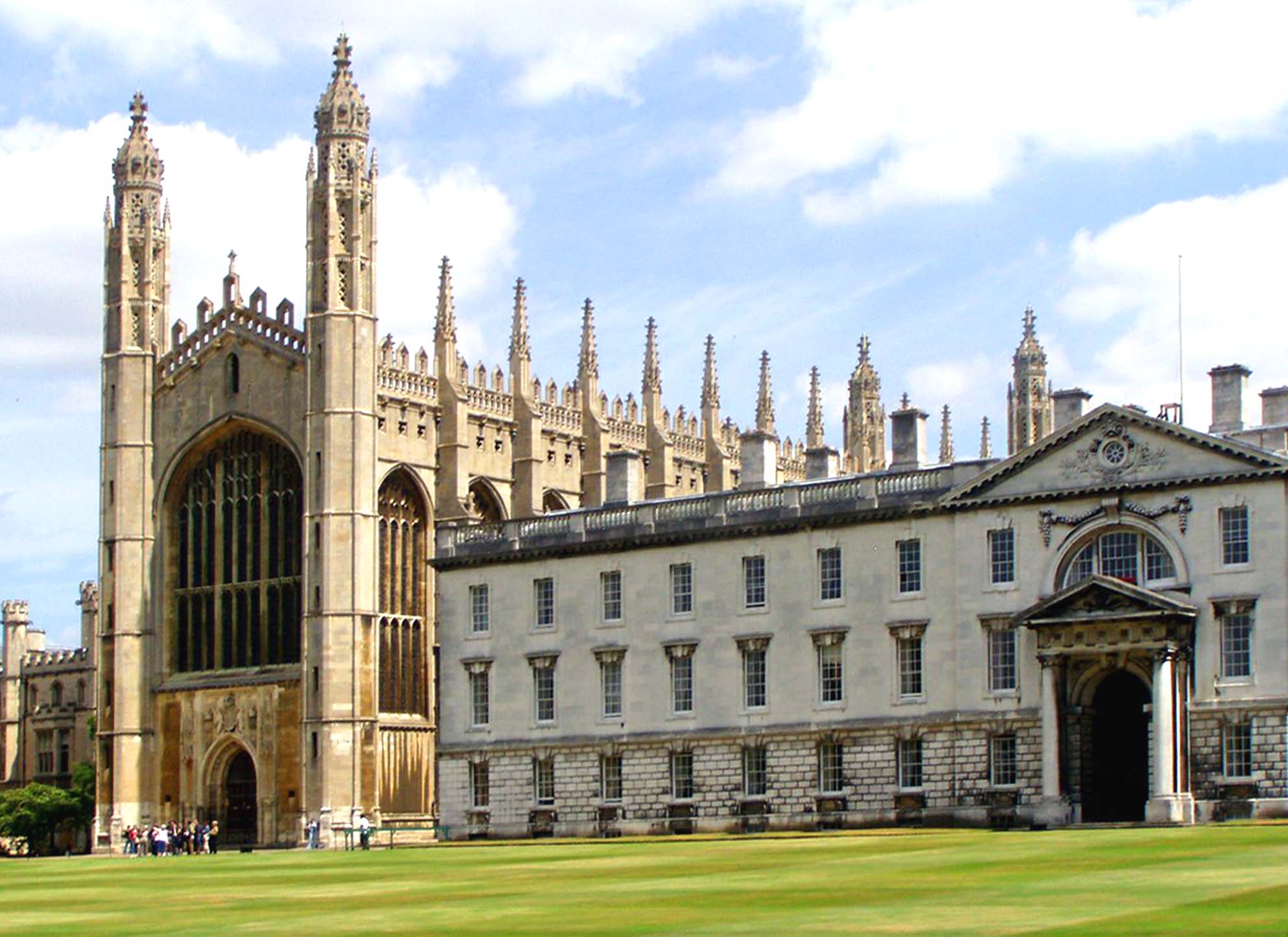
4: WAS BACH ALONE in doing this...?
Let's get something clear before we go any further:
Have numbers influenced music and architecture through the ages?
YES!
Did other composers play with notes to give hidden messages?
YES!
Numbers have played a significant part in music since Pythagoras, 6th century BC.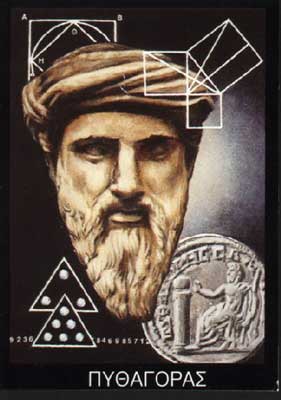
As we all know, Pythagorus discovered the properties of the stretched string; half the string sounded the octave above the fundamental, one third sounded the fifth above that, and one quarter sounded two octaves above the fundamental. It was Pythagoras, of course, who also linked the numbers 3, 4 and 5. (32 + 42 = 52 ).
He said that musical sounds and whole numbers are simply related, and that the laws of nature may be written in numbers. This precipitated the golden age of number mysticism.

There is a theory that Greek temples were built in golden section proportions, and Plato, 3rd century BC, who was a disciple of Pythagoras, clarified the issue of numbers, by showing that
1 = point
2 = line
3 = area
4 = volume (pyramid)
and that the sum of 1, 2, 3 and 4 is 10.
Numbers have continued to play a significant role in music and architecture.
Music in triple time was a feature of Mediaeval music which was composed in honour of the Trinity, and mensural notation dominated the performance of music from 1250 until 1600.
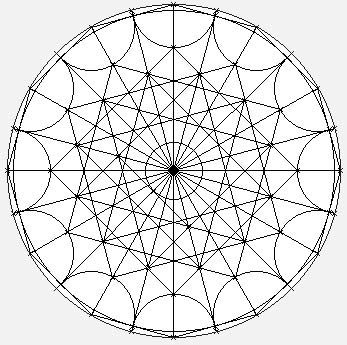
Rose windows in great mediaeval cathedrals were designed by their masons with extraordinary secret mathematical precision.
These include trinitarian proportions, squaring the circle, and the golden section. Their design has been described as divine geometry. The almost obsessive interest that medieval architects and theologians showed in geometry goes back at least to St. Augustine and his concern with Pythagorean and Neoplatonic number mysticism as an expression of divine proportions.
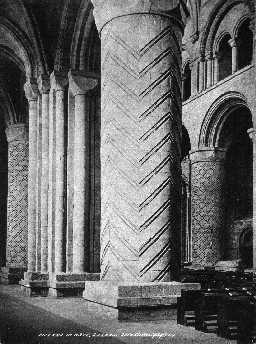
In Durham Cathedral one can see where the architects have indeed squared the circle, for the circumference of the round pillars is exactly equal to their height. In other words, if one were to wrap a large sheet of paper around one of the round pillars it would be an exact square.
Jacob Obrecht (1452-1505), wrote two Masses – Sub Tuum Praesidium and Maria Zart – with such an intricate structure that it took their modern editor 146 pages to explain it. Maria Zart (Tender Maria) is one of the longest settings of the Mass ever; it takes more than an hour to perform.
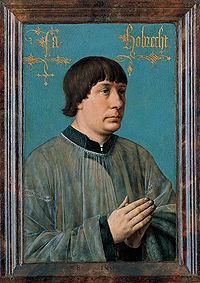
These pages are filled with mathematical calculations of such detail - including the Fibonacci series, triangular numbers as well as alphabetical numerology - that they reminded me, in retrospect, of trying to understand Stephen Hawking’s arguments in A Brief History of Time!
He explains, for example, that 888 is the mystical number for Jesus, and he discovered that there are 888 beats in the Sub Tuum mass; also that Chartres Cathedral is built in complex mathematical proportions which boggle the mind!
(The Fibonacci series – Golden Section – and Triangular numbers are clearly explained in Wikipedia.)
Coming into the 20th century, Alban Berg’s string quartet (1910) is autobiographical - embarrassingly so, so I was told by Dr. Douglas Jarman who is a world authority on the music of Berg when I was senior lecturer at the RNCM in the 1970-80s.
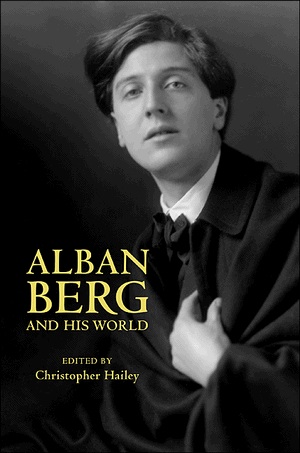
In a letter to me, April 29, 1999, Dr. Jarman wrote, ‘It’s difficult to know where to start with the Berg number symbolism, there’s so much of it. The key work, I suppose, is the Lyric Suite which works entirely (number of bars in a movement and in a section, metronome marks, etc.) on the two numbers 23 and 10.
23 because Berg regarded that as his fateful number (there are various reasons for this - I’ve discussed them in my article on the Violin Concerto), and 10 because, for some reason, he regarded that as the fateful number of Hann Fuchs-Robettin, the woman that he was in love with for the last 10 years of his life and to whom the piece is secretly dedicated.’
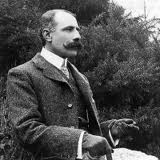
Edward Elgar (1857-1934) had a crossword puzzle mind; he loved playing with words. He named his house in Malvern, Craeg Lea, which is an anagram of his and his wife’s names, (E. & C.A. Elgar). He once said to ‘Dorabella’ (Enigma Variation 10), during a walk one summer, that they should ‘look for bung yirds’ ; and in one of his letters, where he had made a smudge, he wrote, ‘xqqqq blot’.

In the 13th Enigma Variation - dedicated to Lady Mary Lygon, who was about to go to Australia by sea - he included a quotation from Mendelssohn’s Calm Sea and a Prosperous Voyage. (The melody is marked in the score with quotation marks). Is it any wonder that, in wishing her ‘a calm sea’, he should harmonise the quotation with a musical pun in the violas and cellos? (What note are the cellos playing?)* (The Clarinet part is written here at sounding pitch, and the Violas written here in the bass clef to make the pun easier to see.) I've not seen this pun mentioned in any of the books about Elgar which I have read, therefore I claim its discovery!
And finally (in my efforts to justify the use of numbers in music) when I was living in America I stayed with Mark Dirksen, an American organist living near Boston at that time, and he told me that, when he was practising an organ Toccata by Daniel Pinkham, he noticed repeated sections of groups of notes throughout this piece. He counted the number of notes in each repeated group, went to the phone, dialled the numbers and a voice answered, ‘This is Daniel Pinkham!”
So we should now be fully prepared to examine Bach's Six Schübler Chorale Preludes,
without the unforeseen danger of our minds being blown -
for their construction and hidden meanings are astonishing!
See my next article.
